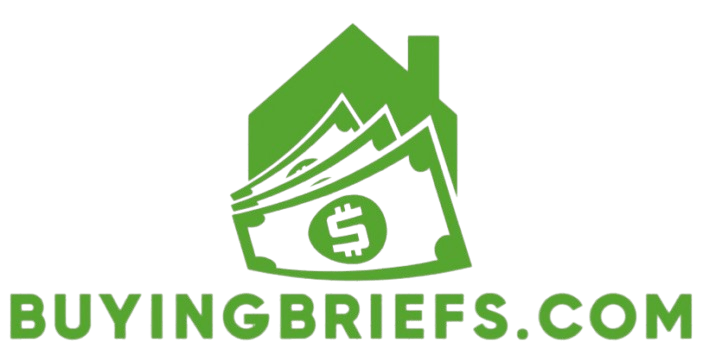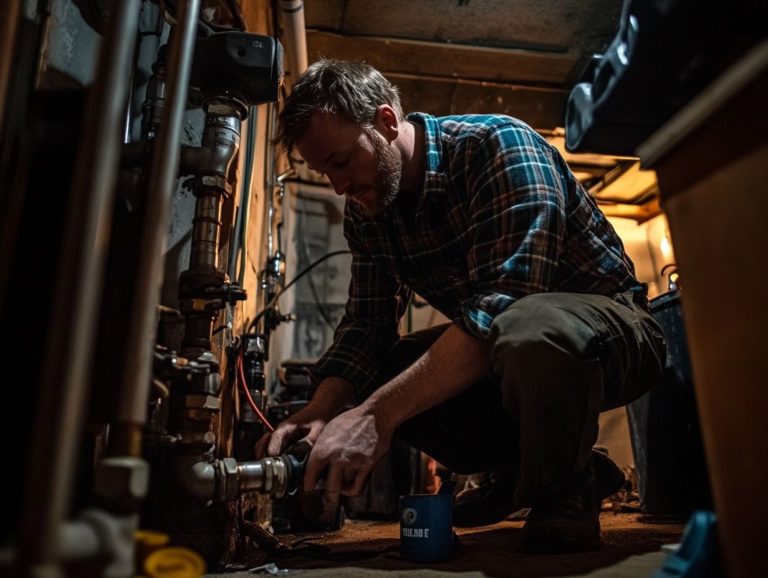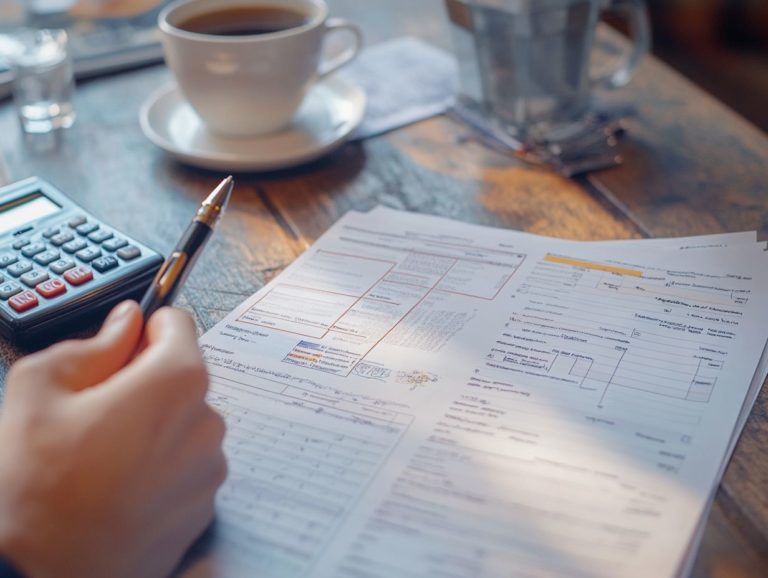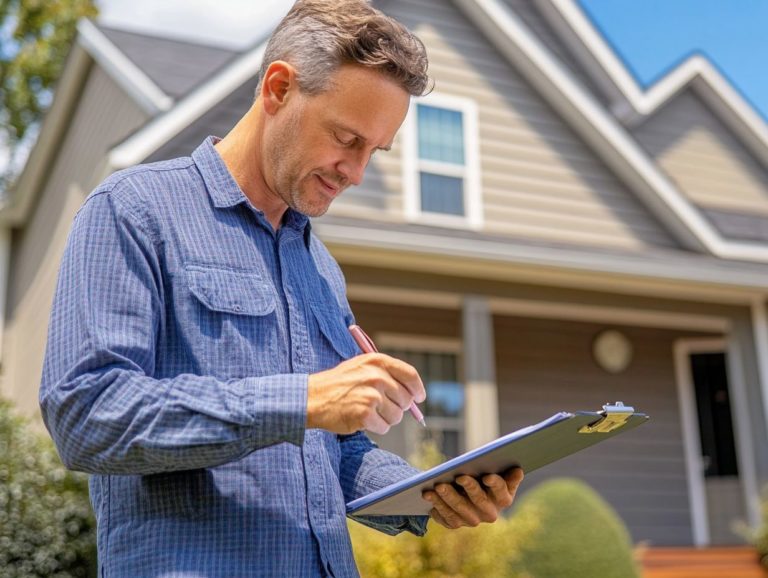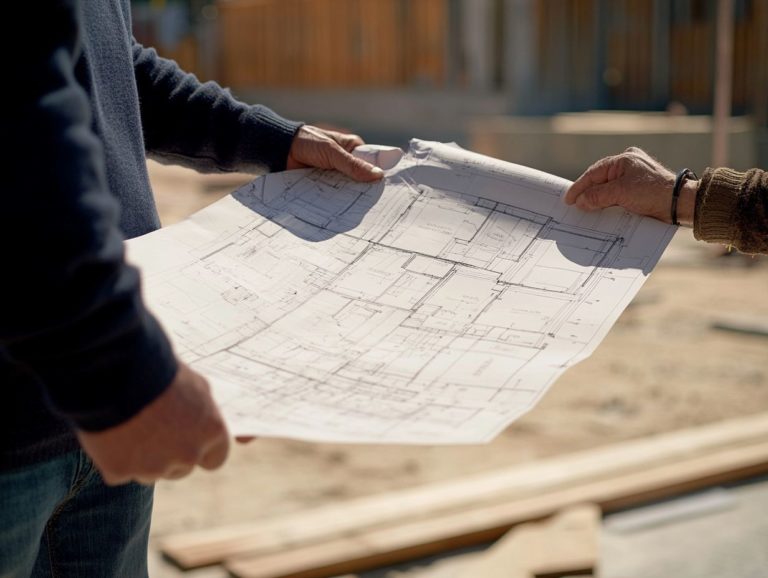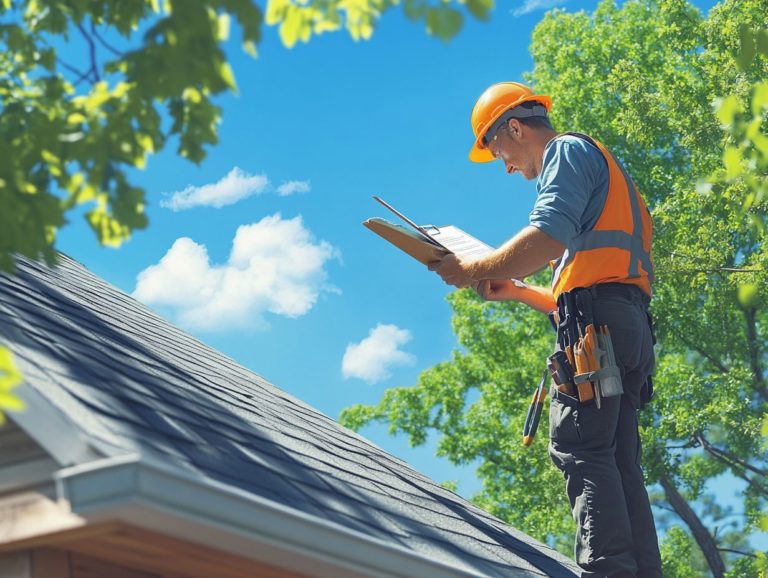Common Issues Found in Home Inspections
Contents
Understanding Home Inspections
Purchasing a home represents one of the most significant investments you’ll ever undertake. It s essential to grasp the home inspection process to safeguard that investment.
Let s dive into the world of home inspections and discover what to watch out for! This article explores common issues inspectors frequently encounter from structural concerns to environmental hazards.
It also discusses how to tackle these issues effectively, offering insights on repair options and negotiation strategies. Additionally, you’ll find practical tips for preventing future problems during inspections.
Continue reading to equip yourself with vital knowledge for your home-buying journey.
Key Takeaways:
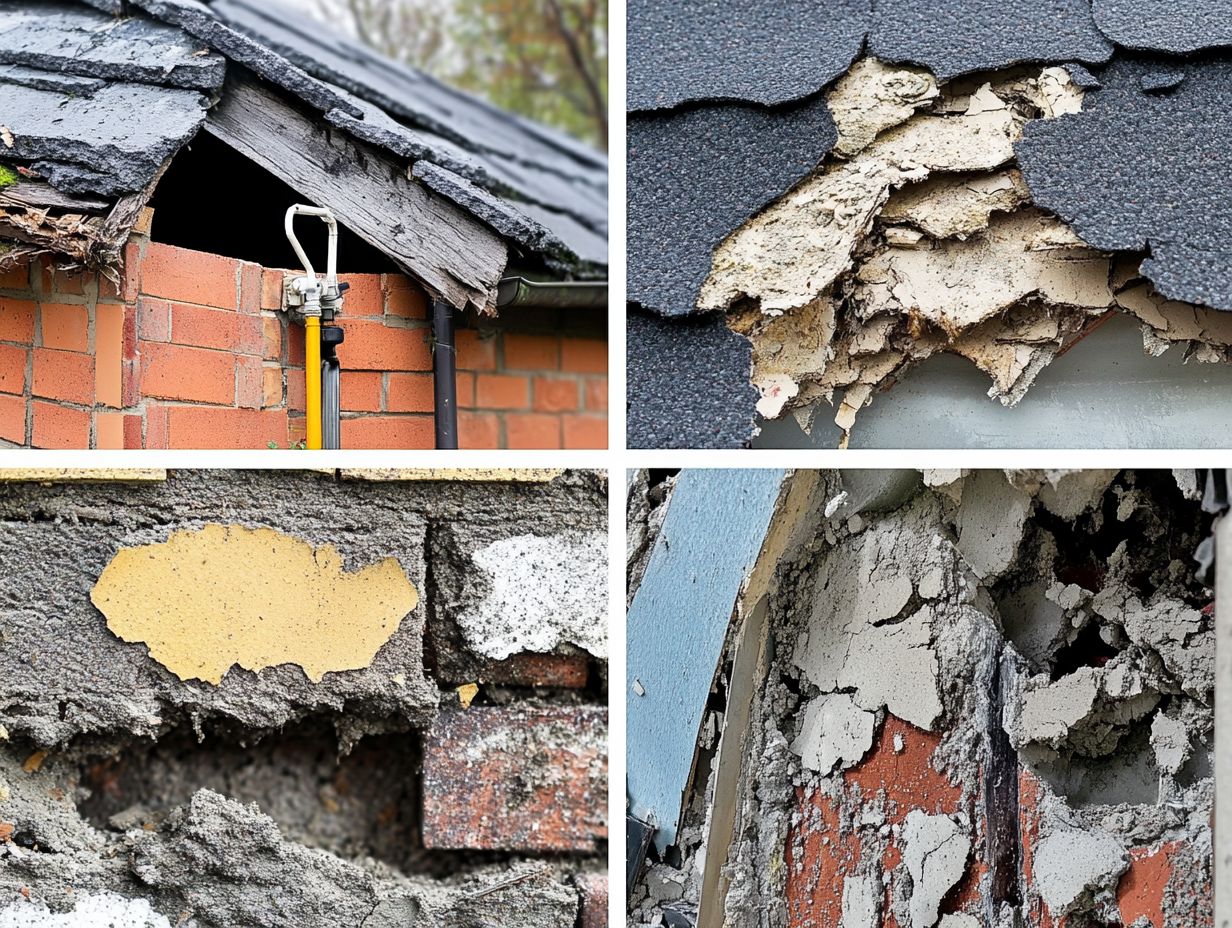
Structural issues, electrical and plumbing problems, and roof and foundation concerns are among the most common findings in home inspections.
When addressing issues found in home inspections, it’s important to consider repair options and costs, as well as negotiating with sellers.
To prevent future issues in home inspections, homeowners should follow maintenance tips and best practices and schedule a follow-up inspection when necessary.
What is a Home Inspection?
A home inspection provides a comprehensive evaluation of a property’s condition, designed to uncover critical issues that may need repairs or maintenance. During this assessment, various components are scrutinized with great care.
Inspectors examine the structural integrity of the roof, foundation, and walls, alongside the functionality of major systems like plumbing, electrical, and heating, ventilation, and air conditioning (HVAC). They also inspect windows, doors, insulation, and even the potential presence of pests.
This thorough examination equips you with vital insights about the property’s overall health and future maintenance needs. The inspection report becomes an essential document in your real estate journey, empowering you to negotiate repairs or reassess your investment.
Ultimately, this knowledge allows you to make informed decisions about your potential new home.
Common Issues Found in Home Inspections
Common issues identified during home inspections can profoundly influence your decision as a buyer, ranging from minor cosmetic flaws to significant structural concerns that may necessitate expensive repairs. Understanding how to address issues found in home inspections is crucial for both buyers and sellers, as it helps navigate the complexities of homeownership while ensuring a safe living environment.
The inspection process often uncovers plumbing problems like leaks, electrical deficiencies such as outdated wiring, and structural issues including foundation cracks or water damage. These inspections can also reveal the need for mold detection and proper ventilation in HVAC systems, as well as essential safety checks during home inspections, all of which can guide your concerns during negotiations.
Structural Issues
Structural issues rank among the most pressing concerns revealed during home inspections, often tied to the foundation, framing, and overall integrity of the property. It’s crucial to be aware of red flags to look for in home inspections as these problems can present themselves in various ways, such as cracks in the walls that signal shifting or settling, water damage that encourages mold growth, or even serious roof issues that compromise your home’s ability to withstand the elements.
Repair costs can vary dramatically; foundation repairs typically run into several thousand dollars, while more extensive issues can escalate into tens of thousands.
Both buyers and sellers must recognize that uncovering these structural deficiencies can greatly impact negotiations. Buyers might pursue price reductions or ask for repairs before finalizing the deal. Understanding these elements is crucial for navigating the home buying process with confidence.
Don t wait! Understanding these insights can save you thousands don t risk your investment!
Electrical and Plumbing Problems
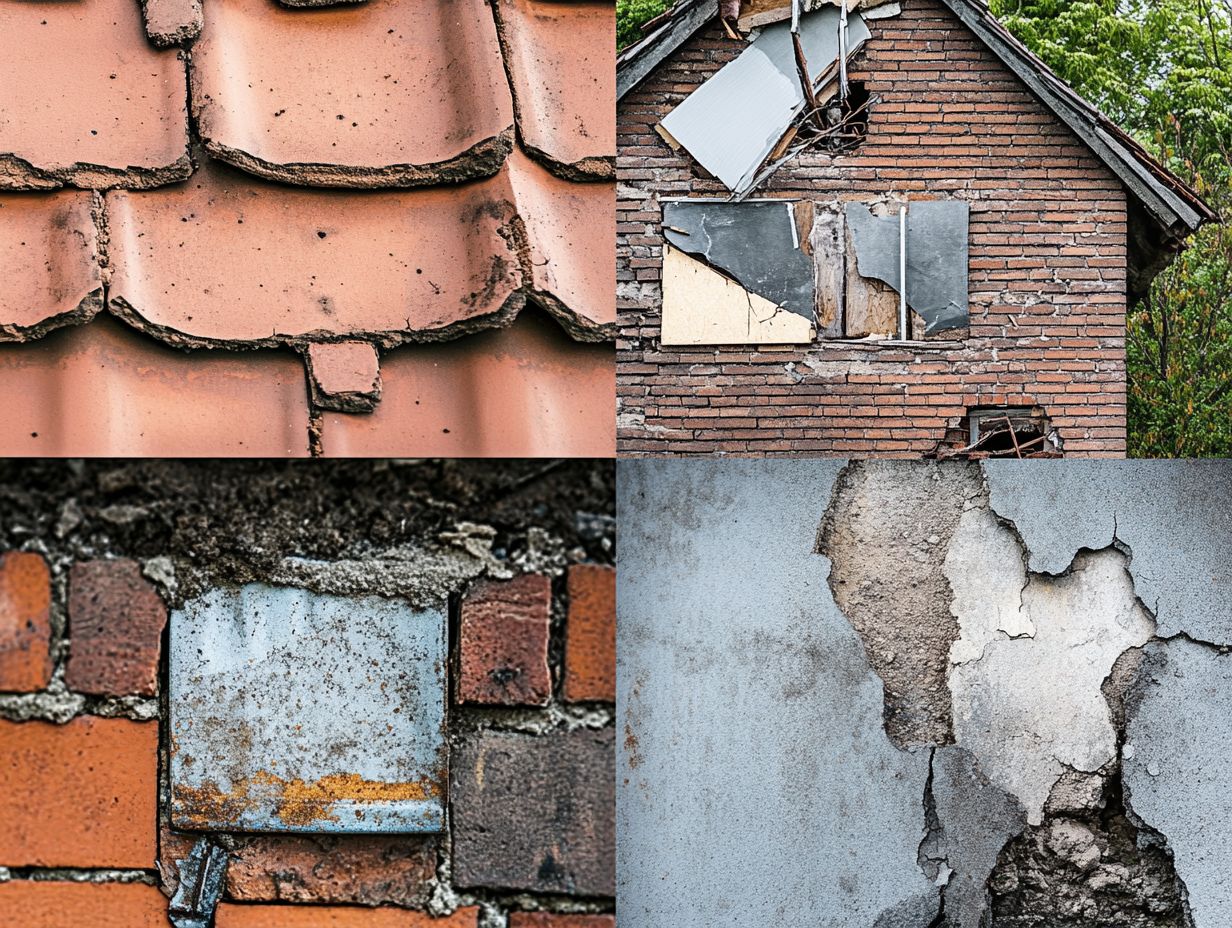
Electrical and plumbing issues often emerge during home inspections. They are not just minor inconveniences; they can escalate into serious safety concerns. Understanding how to interpret home inspection findings is crucial, as it can help you address these problems promptly and avoid expensive repairs.
As a prospective buyer, you might come across outdated electrical panels that do not align with current safety standards. This could bring potential hazards like fire risks or unexpected power outages into your new home.
If the house has aluminum wiring, common in older properties, be aware of its severe safety implications due to its tendency to overheat.
On the plumbing front, leaks are a frequent culprit that can cause significant water damage and foster mold growth. Inadequate GFCI protection in wet areas can heighten the risk of electrical shocks.
Identifying and addressing these deficiencies during the inspection phase is essential. To prevent overlooking critical issues, it’s wise to learn how to avoid common home inspection errors, as failing to do so could lead to substantial unforeseen expenses and safety risks lurking just around the corner after you close the deal.
Roof and Foundation Concerns
Roof and foundation concerns are crucial during a home inspection, as they directly impact the safety and longevity of your property. Don t let roof leaks ruin your dream home!
Issues like roof leaks can lead to water damage and mold growth, threatening the structural integrity of your home and resulting in costly repairs. Similarly, cracks in the foundation may indicate settling issues that could undermine the entire building s stability, raising significant red flags for potential buyers.
As a seller, addressing these issues in advance can make negotiations much smoother. For buyers, it is essential to be vigilant in assessing these factors to avoid unexpected expenses down the line.
Repair amendments are not just critical during the selling process; they also enhance the overall value and appeal of your property.
Environmental Hazards
Environmental hazards uncovered during home inspections can seriously threaten your safety, highlighting the immediate need for mitigation measures.
Consider the hidden mold lurking in damp corners, the absence of smoke alarms, and the subtle menace of undetected carbon monoxide leaks. These risks can drastically compromise the safety of your home.
It is understandable that buyers often feel anxious upon discovering potential environmental dangers, as these findings not only threaten health but can also diminish the property’s value.
By addressing these issues proactively, you protect the well-being of residents and bolster buyer confidence. This makes it crucial for home inspectors to meticulously assess every aspect of a property for these concealed hazards.
How to Address Issues Found in Home Inspections
Addressing issues identified during home inspections is essential for both buyers and sellers. Understanding what to look for in a home inspection report guarantees a safe living environment and influences the entire transaction process significantly.
Repair Options and Costs
Repair options and costs are essential factors to consider after a home inspection uncovers significant issues that may demand immediate attention.
Grasping the range of repair options available can profoundly impact your financial decisions. For major repairs, such as plumbing overhauls or electrical system replacements, costs can vary dramatically from $1,500 to well over $15,000, depending on the severity and complexity of the problem.
On the other hand, minor defects, like cosmetic updates or small roof repairs, typically fall within the range of $200 to $2,000. Be smart about your budget to ensure your new home does not drain your wallet.
Unforeseen repairs can accumulate rapidly, potentially dampening your initial excitement and affecting your long-term satisfaction with this significant investment.
Negotiating with Sellers
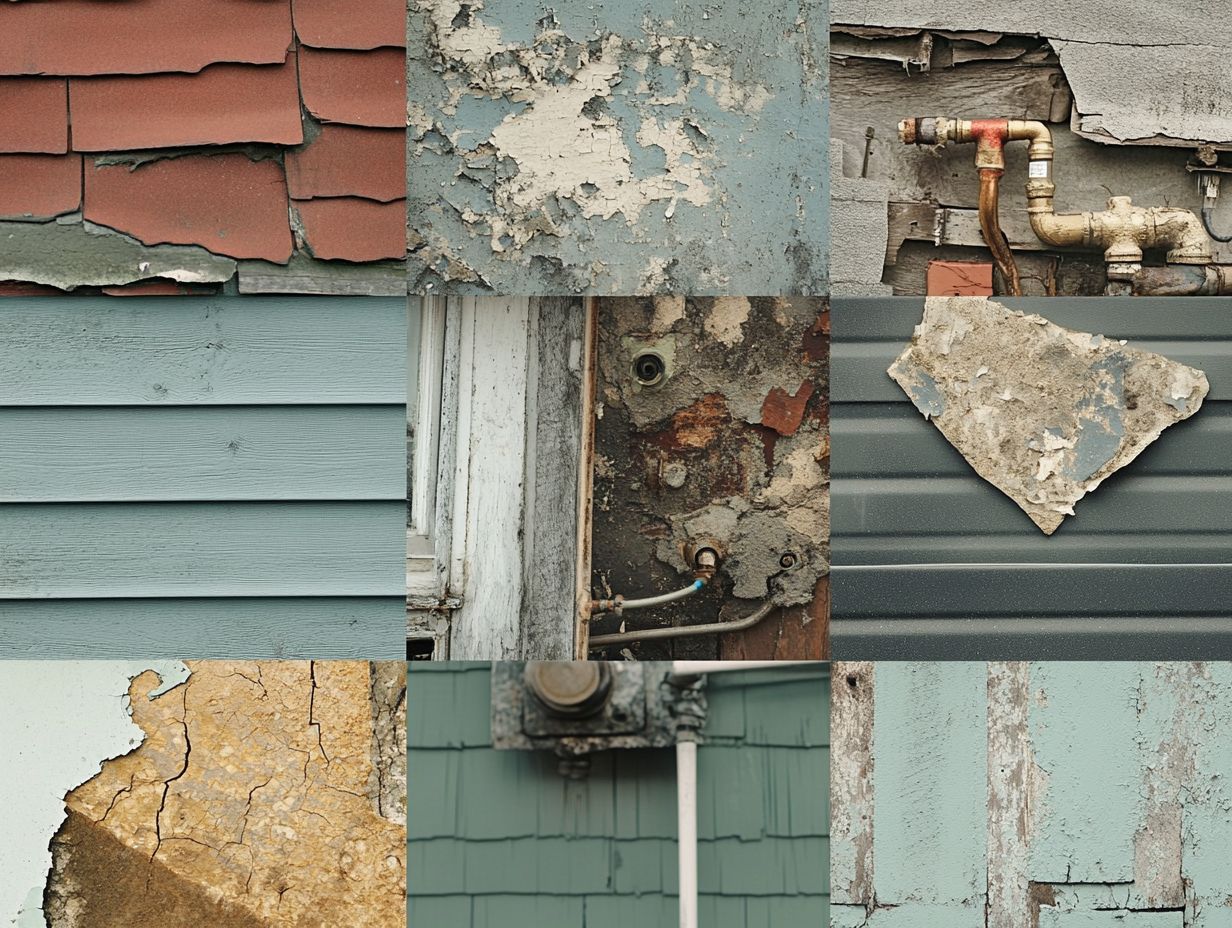
Negotiating with sellers after a home inspection can feel like navigating a maze, especially when significant issues arise that could impact the property’s value. You may find yourself in a tricky spot, needing to voice your concerns while also preserving a cordial relationship with the seller.
One effective strategy is to present the inspection findings in a clear and organized manner. This makes it easier for the seller to grasp the seriousness of the issues at hand. It s essential for you to list repair costs clearly and provide comparable estimates from local contractors to bolster your requests.
By doing this, you can vividly illustrate the financial implications. Convey your readiness to negotiate for a fair resolution. View the conversation as a collaboration, rather than a confrontation, to set the stage for a more productive dialogue. This enhances your chances of reaching a satisfactory outcome while maintaining a positive rapport with the seller throughout the process.
Preventing Issues in Future Home Inspections
Ensuring a smooth future home inspection is crucial for you as a homeowner. It helps protect your property’s value and guarantees safety.
You can achieve this by committing to regular maintenance and making timely repairs.
Maintenance Tips and Best Practices
Implementing home maintenance tips and best practices can significantly minimize the chances of encountering issues during future home inspections.
By routinely checking your plumbing for leaks, ensuring your roofing is free from debris, and maintaining your electrical systems, you can establish a preventive framework that helps avoid costly repairs down the line.
Simple yet effective measures like cleaning your gutters to prevent water damage or regularly testing your smoke detectors enhance your safety and ensure compliance with safety regulations.
Regular check-ups let you spot minor issues before they become big headaches. This can be crucial during property evaluations, fostering peace of mind and positioning you favorably during inspections, reflecting the care and attention you’ve given to your property.
When to Schedule a Follow-Up Inspection
Scheduling a follow-up inspection is essential after you ve tackled major repairs or when significant aging systems are involved. This keeps your home safe and functional don t wait!
This proactive approach protects you and your loved ones while helping identify any potential issues that could arise from recent work. For example, if you have lingering concerns about your plumbing or electrical systems, regular check-ups can put your mind at ease.
A home inspector can assess whether the repairs were done correctly and if older infrastructures are still holding strong. This ultimately prevents costly disasters down the line.
In the grand scheme of things, the importance of ongoing inspections can’t be overstated. They play a crucial role in ensuring long-term safety and peace of mind for everyone in your home.
Frequently Asked Questions
What are some common issues found in home inspections?
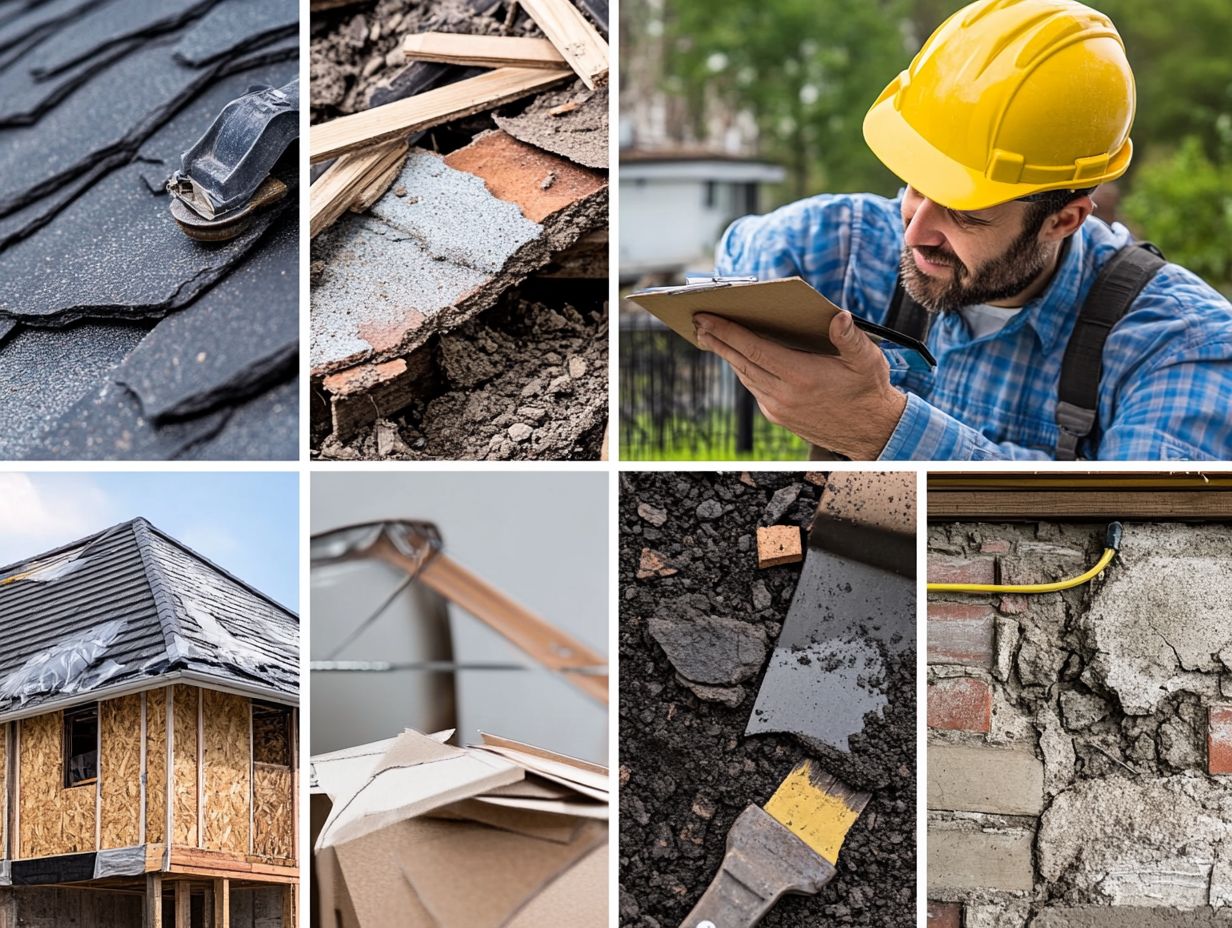
Some common issues found in home inspections include electrical problems, roofing issues, plumbing leaks, structural defects, mold or water damage, and faulty HVAC systems.
How can electrical problems be identified in a home inspection?
Electrical problems can be identified in a home inspection by checking for outdated wiring, overloaded circuits, and non-functioning outlets or light switches. Inspectors may also look for safety hazards such as exposed wiring or improper installation of electrical components.
What are some potential roofing issues that may be found in a home inspection?
During a home inspection, roofing issues such as missing or damaged shingles, leaks, and improper flashing may be identified. Inspectors may also check for signs of water damage in the attic or interior walls, which could indicate a roofing problem.
Can plumbing leaks be detected during a home inspection?
Yes, plumbing leaks can be detected during a home inspection. Inspectors look for signs like water damage, low water pressure, and unusual noises.
They use special tools, including moisture meters devices that measure dampness to find hidden leaks.
Are structural defects a common issue found in home inspections?
Yes, structural defects are often discovered during inspections. Common issues include foundation cracks, uneven floors, and sagging ceilings, which are just a few of the most overlooked areas in home inspections.
Inspectors check for additional signs of water damage or pest infestations that can weaken the home s structure.
How can mold or water damage be identified in a home inspection?
Mold and water damage can be identified by musty odors, visible mold growth, and water stains on walls or ceilings.
Inspectors also use specialized equipment to find hidden moisture.
